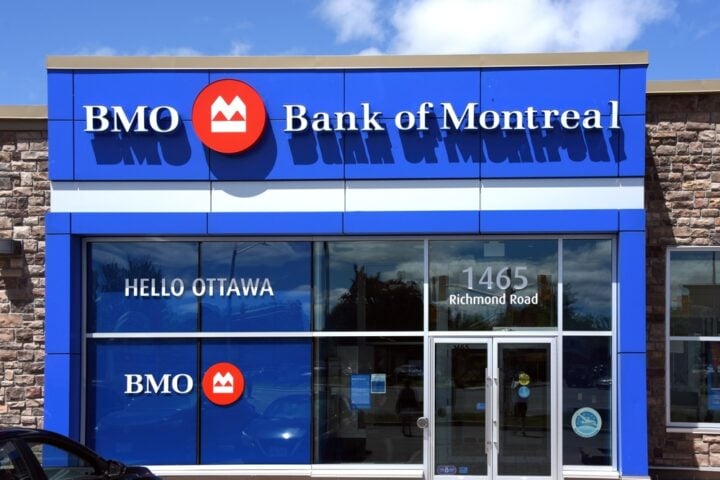Despite the economic uncertainty surrounding President Donald Trump’s tariff policies, American Express (AmEx) has shown resilience, reporting robust spending from its affluent cardholders. The company’s growth story is particularly driven by younger customers, with millennials and Gen Z leading the charge in increased transaction volumes during the first quarter. As the markets fluctuate and fears of a recession rise, AmEx’s performance shows how a wealthier customer base can help insulate companies from broader economic turbulence.
AmEx’s First-Quarter Performance Exceeds Expectations
American Express reported a 6% increase in billed business during the first quarter, which adjusted to 7% when accounting for the leap year. The figures demonstrate that consumer spending in late 2024 continued into the early months of 2025, with the growth trend holding steady in April. Christophe Le Caillec, the CFO of AmEx, shared with CNBC that despite the volatile market conditions, particularly due to concerns over tariffs and the potential recession, the company’s affluent customer base has remained strong, helping the company surpass Wall Street’s expectations for first-quarter profit.
Le Caillec remarked, “There’s a lot of stability and strength, despite the news and the environment.” This trend is particularly striking when compared to other financial institutions such as Synchrony Financial, which has warned of a slowdown in spending. The higher spending from AmEx cardholders highlights the company’s ability to maintain growth even as concerns about tariffs and inflation weigh on the broader economy.
Younger Cardholders Drive Growth
One of the key drivers of AmEx’s first-quarter success was its younger cardholders. Millennials and Gen Z members increased their spending by 14% in the quarter, making them a primary source of growth for the company. In contrast, older demographics, such as Gen X and Baby Boomers, were more cautious in their spending, with increases of just 5% and 1%, respectively. This younger consumer base, known for its tech-savvy and digital-first approach, has helped boost AmEx’s performance even as older generations show signs of tightening their belts.
While it remains uncertain whether the increase in spending is partly driven by consumers pulling forward purchases ahead of potential tariff hikes, Le Caillec noted that some small businesses may be doing so to build up inventory in anticipation of rising costs. The ongoing shift towards younger shoppers reflects broader consumer trends, with younger generations more likely to embrace credit for discretionary spending.
Restaurants Show Strength in Spending Trends
Despite concerns over tariffs, AmEx’s spending data offers signs of lasting consumer confidence. A notable highlight is the 8% increase in restaurant spending, which Le Caillec highlighted as a key indicator of stability. “This is the ultimate discretionary expense, it’s not something you can bring forward, and so it’s really a good indicator of the strength of our cardmember base and the confidence they have,” he explained. This growth in discretionary spending suggests that, at least for now, AmEx cardholders continue to feel confident in their ability to spend despite broader economic uncertainty.
Airline Sector Weakness and AmEx’s Confident Outlook
However, not all categories showed strength. Airline transactions saw a much slower growth rate, with an increase of just 3% for the quarter. This was a significant slowdown compared to the 13% growth seen in the fourth quarter of 2024. The weakness in the airline sector is attributed to the uncertainty surrounding tariffs, which has prompted a more cautious approach from consumers. While other companies have revised their earnings guidance due to tariff concerns, AmEx has maintained its optimism.
AmEx reaffirmed its revenue growth guidance for 2025, expecting an 8% to 10% increase, and anticipates earnings of $15 to $15.50 per share. However, the company added a caveat to its outlook, stating that its projections are “subject to the macroeconomic environment,” acknowledging that external factors like tariffs could still impact its performance in the coming months.
Conclusion: AmEx’s Resilience Amid Economic Uncertainty
American Express’s performance in the first quarter highlights the resilience of its business model, especially in the face of mounting uncertainty caused by tariffs and economic slowdowns. With younger customers leading the charge in spending, AmEx is well-positioned to weather the storm, even if broader economic conditions begin to deteriorate. While some sectors, like airlines, show weakness, AmEx’s growth trajectory remains strong, with the company maintaining its optimistic outlook for the year ahead.







